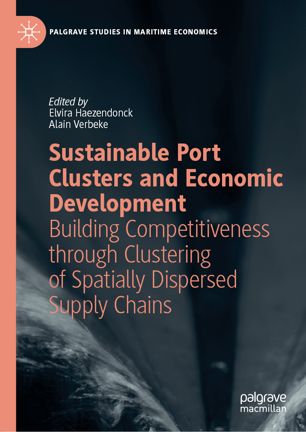

Most ebook files are in PDF format, so you can easily read them using various software such as Foxit Reader or directly on the Google Chrome browser.
Some ebook files are released by publishers in other formats such as .awz, .mobi, .epub, .fb2, etc. You may need to install specific software to read these formats on mobile/PC, such as Calibre.
Please read the tutorial at this link: https://ebookbell.com/faq
We offer FREE conversion to the popular formats you request; however, this may take some time. Therefore, right after payment, please email us, and we will try to provide the service as quickly as possible.
For some exceptional file formats or broken links (if any), please refrain from opening any disputes. Instead, email us first, and we will try to assist within a maximum of 6 hours.
EbookBell Team

5.0
48 reviewsThis book belongs to the Port Economics and Global Supply Chain Management strand of the Palgrave Studies in Maritime Economics book series, commissioned by Hercules Haralambides.
This book addresses the strategic alignment between port authorities and their supply chain partners, with a focus on governance challenges. Many port (authority) managers are engaged in efforts to improve their strategic alignment with business partners in their proximate geographic region, yet the economic objectives pursued can vary widely. These objectives can include improvements in port competitiveness and stability of traffic flows, as well as better access to scarce resources such as land and capital, or simply more control over the logistics chain. Using various Benelux seaports as case studies, the authors of this volume show that improving strategic alignment can involve a wide variety of different governance choices, ranging from top-down to bottom-up alliance formation, from project-driven to multi-activity collaboration, and from long-term contracting to full-fledged mergers.
This book with state-of-the-art insight on modern port governance will be of interest to port managers around the globe, as well as to lecturers and students in maritime educational programs.
Chapter 4 is available open access under a Creative Commons Attribution 4.0 International License via link.springer.com.